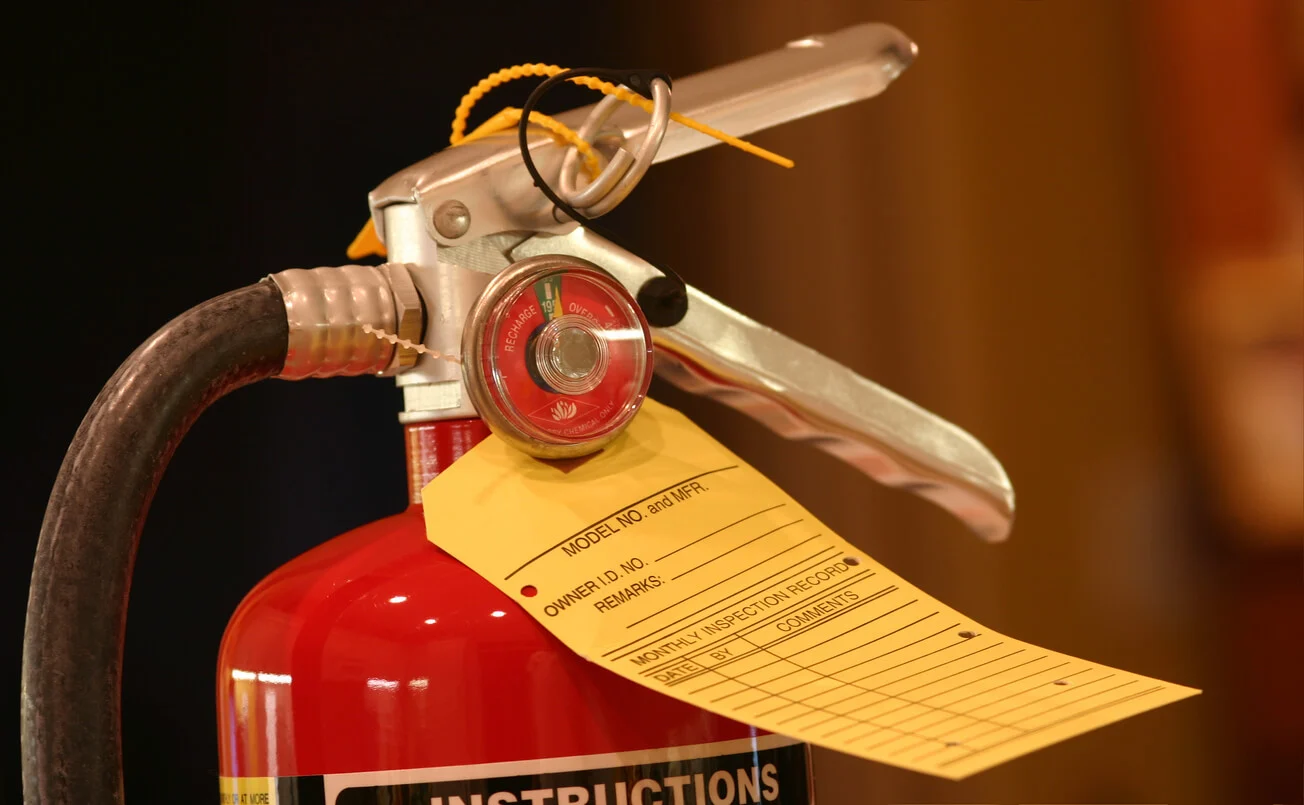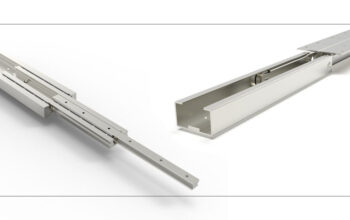Ensuring the reliability of fire extinguishers and other pressurized cylinders is crucial for maintaining fire safety in any building. Over time, these devices may suffer from internal corrosion, external damage, or structural fatigue that isn’t visible to the naked eye. To ensure their ongoing safety and compliance, hydrostatic testing is required at specific intervals. This pressure-based testing process is one of the most effective ways to confirm a cylinder’s integrity and operational readiness.
For businesses, facilities, and property managers in Tampa, Hydrostatic Testing Tampa services help meet fire code requirements while maintaining the highest levels of safety. These certified professionals perform inspections and tests in accordance with local regulations and national safety standards, ensuring your equipment is fully compliant and capable of performing during emergencies.
What Is Hydrostatic Testing?
Hydrostatic testing is a method used to verify the strength and integrity of a pressurized cylinder. It involves filling the cylinder with water, sealing it, and pressurizing it to a level significantly higher than its normal operating pressure. The cylinder is then closely monitored for leaks, deformities, and changes in volume. If the cylinder passes this test, it can be safely returned to service. If it fails, it must be taken out of use to prevent potential hazards.
This process is mandatory for most fire extinguishers and other high-pressure containers, and it is one of the few ways to thoroughly examine internal damage that could otherwise go undetected.
Why Hydrostatic Testing Is Mandatory in Tampa
Hydrostatic testing is not just a recommendation—it is a legal requirement under the National Fire Protection Association (NFPA) and enforced by local fire departments, including those in Tampa. These standards are in place to prevent equipment failure during critical moments.
Fire extinguishers and cylinders must be tested on a set schedule depending on their type:
- Water and CO₂ extinguishers: Every 5 years
- Dry chemical extinguishers with non-refillable containers: Every 12 years
- SCBA (Self-Contained Breathing Apparatus) and other high-pressure cylinders: Every 5 years or as specified by the manufacturer
Neglecting this requirement can result in fire code violations, liability in the event of an accident, and failure during emergencies.
Step-by-Step Hydrostatic Testing Process
The hydrostatic testing process is conducted by licensed professionals using specialized equipment. The process includes several key stages:
1. Visual Inspection
Before pressurization, the technician inspects the cylinder for external damage such as dents, rust, or cracks. Any visible signs of wear may disqualify the cylinder from testing or indicate the need for further examination.
2. Discharge and Disassembly
The extinguisher or cylinder is discharged of its contents. This step ensures that the cylinder is completely depressurized and safe to handle during the testing process.
3. Filling with Water
The cylinder is filled completely with water to remove any air and to prevent rapid expansion if a rupture were to occur. Water is used because it is incompressible and safer to work with during high-pressure tests.
4. Pressure Application
The cylinder is sealed and connected to a hydrostatic testing pump. It is then pressurized to a level higher than its operating pressure (usually 1.5 to 2 times the working pressure). This tests the structural integrity under stress conditions.
5. Leak and Expansion Monitoring
The technician monitors the cylinder for any drops in pressure, leaks, or signs of permanent deformation. If the cylinder expands beyond acceptable limits or fails to maintain pressure, it is deemed unsafe.
6. Drying and Reassembly
After passing the test, the cylinder is drained and thoroughly dried to prevent internal corrosion. It is then reassembled with new seals, if needed, and recharged with the appropriate extinguishing agent.
7. Documentation and Tagging
The cylinder is labeled with a test date and technician’s identification. A record of the test is also kept for compliance purposes and future inspections.
Safety Standards and Compliance in Tampa
In Tampa, fire safety standards are guided by NFPA 10 and enforced through local building and fire codes. Hydrostatic testing ensures compliance by:
- Verifying the cylinder’s ability to safely contain pressure
- Confirming the unit meets manufacturer and safety requirements
- Ensuring the equipment is in serviceable condition before recharging or redeploying
Facilities that fail to maintain current hydrostatic test records risk penalties, legal consequences, and increased insurance premiums. Having a system in place for routine testing and documentation is essential for long-term compliance.
Conclusion
Hydrostatic testing is a vital process that ensures the safety, reliability, and legal compliance of fire extinguishers and pressurized cylinders. In Tampa, adhering to strict testing standards helps protect lives and property while minimizing liability and operational downtime. By understanding and following the hydrostatic testing process, property managers and business owners can maintain fully functioning safety equipment and avoid costly violations. Always rely on certified professionals to perform these tests and keep accurate records for ongoing peace of mind.




